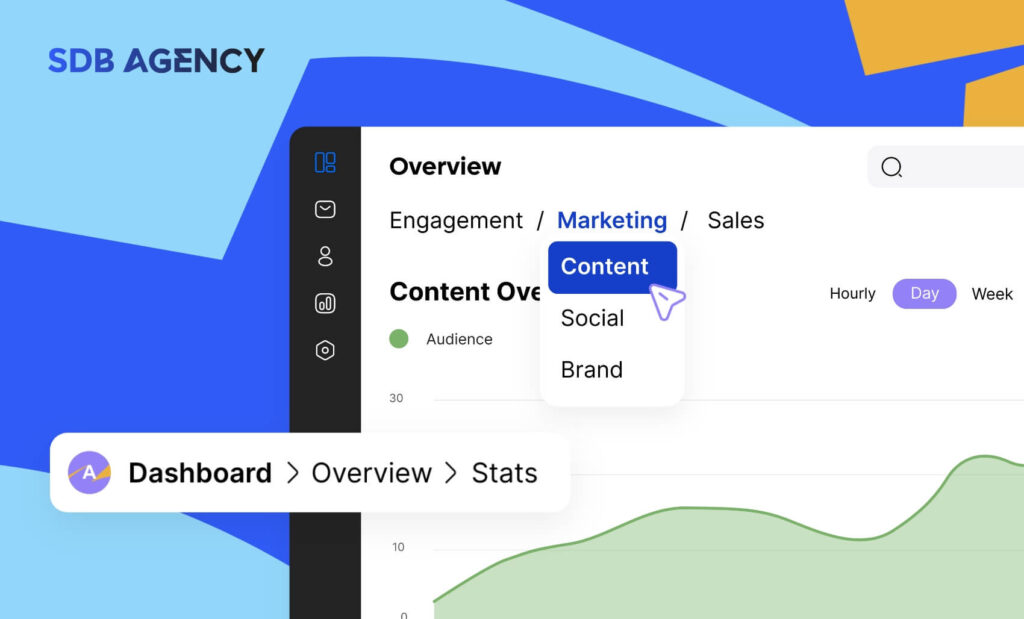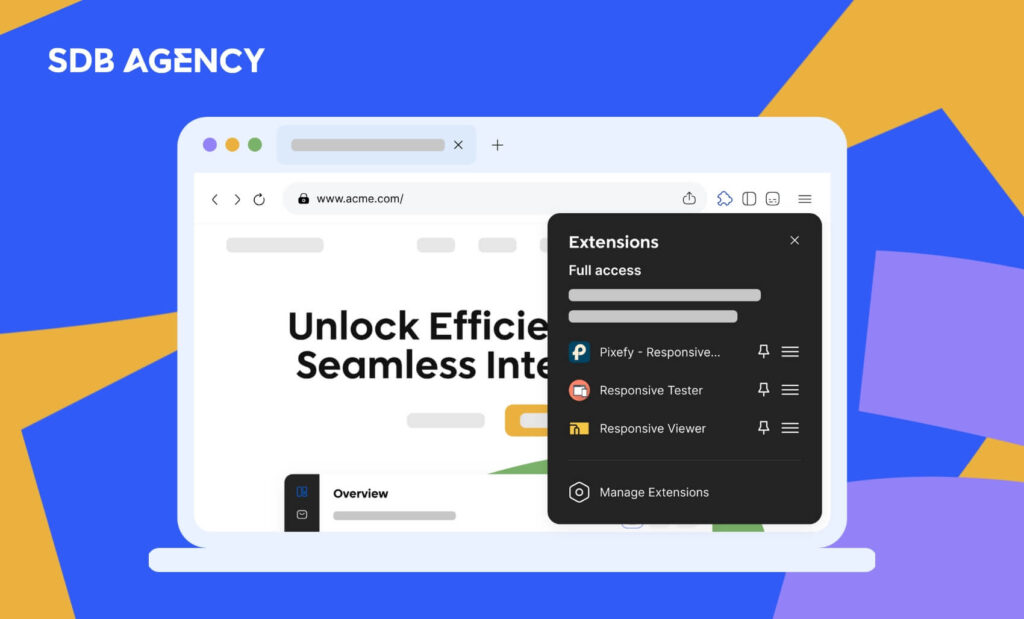What is Conversion Rate Optimization

Whether you manage an online marketing team, own a SaaS website or are working on your product’s SEO efforts, you’ll likely understand how important conversions are for your business. Conversion rate optimization can help maximize your potential for drawing in your target customers using existing traffic.
In this article, I will help you understand the power of CRO, why you should implement it, and how to get started.
What is Conversion Rate Optimization?
Conversion rate optimization (CRO) is the process of increasing the number of conversions of users who perform a desired action on a website or mobile app. These actions include, but are not limited to, purchasing a product or service, filling out a form, or completing a checkout process.
CRO usually consists of generating ideas for improving your website’s elements (design, content, functionality, etc). Then, these hypotheses are validated through A/B testing and multivariate testing. A successful CRO strategy aims to increase conversions by focusing on your user journey.
Why is Conversion Rate Optimization Important for Your Business?
CRO is important because it allows you to lower your customer acquisition costs by earning more value from existing users and visitors. By optimizing the conversion rate, you can increase revenue per visitor, attract more customers, and grow your business.
For example, if your landing page has a 10% conversion rate and receives 1000 visitors a month, it will generate 100 monthly conversions. If you can improve the conversion rate to 15% by optimizing the different elements on the page, the number of generated conversions can jump by up to 50%, resulting in 150 monthly conversions.
There’s always room for improvement when increasing conversions, and data-driven businesses constantly improve their sites to create a better experience for their customers, leading to more conversions.
Establishing Metrics for Conversion

Conversion rate optimization starts by identifying your conversion goals for any web page or app. Your website’s success metrics will depend on your goals and the type of business you’re in.
For example, if you sell products online, you should look for conversions in the form of purchases, the number of visitors on the site who add the product to their shopping cart, etc. However, if you sell products or services to businesses, you might need to measure the number of leads your website collects or the number of white paper downloads.
Here are some of the most common conversion goals organized by industry type:
- Media – ad views, page views, newsletter subscription, content engagement
- E-commerce – add-to-carts, product sales, email newsletter sign-ups, shopping cart completion rate
- Travel – purchases, bookings, social shares
- B2B – deals closed, number of leads generated
Once you’ve established the conversion metrics for your online interactions with your users, you can then work on improving your digital experience through conversion rate optimization.
Find Areas to Optimize

Once you’ve identified your conversion metrics, the next step in optimizing conversions is to identify which part of the funnel you’re looking to optimize.
It’s best to start optimizing the portion of your conversion funnel that receives the most traffic or generates the most conversions. By focusing on these pages, you’ll likely see the results faster and notice a bigger impact on your business.
Other potential places to begin are your highest-value pages or the pages that are underperforming compared to the rest of your website. Improving these pages will also immediately impact your conversion goals.
For example, a SaaS website may be experiencing a lot of traffic for one of its product pages but a significantly lower conversion rate than the rest of the site. By improving the page’s conversion rate, the site will likely see a noticeable improvement in sales.
Which pages should you run CRO testing?

Here are the essential pages of your site that will likely benefit from conversion rate optimization.
Homepage
Homepages are one of the main candidates that will benefit from CRO. Besides making a first impression on visitors, the homepage is the place to retain your visitors and guide them further to your site.
You can do this by highlighting links to your product information, offering a free signup button, and even adding a chatbot that will help your visitors with their questions at any point when they’re browsing your site.
Pricing page
Your pricing page can be the make or break point for your visitors. CRO can help this page convert customers by modifying the pricing intervals (such as price per year or price per month), describing your product’s features associated with the price, and adding a phone number for visitors to help them get a price quote or adding a pop-up form.
Blog page
A blog page is where you can massively increase conversion for your site. Besides publishing helpful and educational content about your industry, a blog can use CRO that converts into leads.
This is because the content usually includes calls to action (CTA) or invites readers to learn more about the topic by submitting their email or contact information in exchange for an ebook or report.
Landing pages
As landing pages are designed for visitors to take action, it makes sense that these pages have the highest average conversion rate compared to other signup forms at over 23% based on Omnisend’s data.
For example, your event landing page can be optimized with pictures and videos of last year’s event that will encourage people to register for this year. A landing page that gives free resources can be optimized by adding preview content from that resource, which will encourage visitors to download it.
Now that you know where to optimize conversions, you might wonder about the extra tips and best practices for CRO.
Best CRO Practices

If you’ve done little research on your digital marketing strategies, there’s a chance you’ve come across some ‘best practice’ lists. Within the CRO context, “best practices” are common beliefs that optimizing a specific element in your site will guarantee an increase in conversion rate.
Suggested optimizations can include:
- Using calls-to-action buttons
- Communicate how the product or service addresses their pain points
- Replying on urgency/scarcity (such as time-limited offers) that drive sales
- Displaying your most updated testimonials
However, do these best practices always have a positive effect on your conversion rate? Debatable.
Remember that best practices are, by definition, past practices. They’re something that has worked before for someone else’s business. There’s no guarantee that they will work today, and just because they have worked for them doesn’t mean the same strategy will work for you. In reality, blindly applying best practices won’t lead to your full potential growth in the long term.
Why is CRO important for SaaS companies?
Conversion rate optimization for SaaS applies to the entire SaaS customer journey. It improves the flow from sign-up to onboarding and beyond, using the scientific method. For example, if you want to improve pricing page conversions, marketers will create hypotheses about improving your page’s performance with CRO and run a few tests to determine what works. They’ll then repeat this process to achieve continuous improvements.
The optimization process is valuable for SaaS companies, as their valuation is tied to long-term growth. A 10% boost from the conversion rate doesn’t only increase revenue by 10% but also increases the entire company’s value by 10%.
SaaS companies have more complex and longer customer journeys. You must convince visitors to try the product, then onboard them to get the value out of the trial and get them to commit to a longer-term purchase. Therefore, it is important to improve conversion rates on every page while maintaining the quality of the prospects. And every little increase means significant growth potential in revenue.
Additional CRO tips
One of the few extra tips we have is to take advantage of heat mapping as it will better understand user behavior on your web pages. Heat mapping tools provide insights that help you look for optimization and testing opportunities.
Also, remember that A/B testing won’t tell you every detail about users’ behaviors. So consider supplementing your CRO test data with qualitative user testing when trying to understand users’ comprehension of your content.
Marketers should also remember to be mobile first when designing web content and remember how content renders differently on mobile when designing pages.
One core principle that we think is always valid is to spend time understanding your customers and users or build a customer-centric culture by prioritizing them. Obsess their needs and desired outcomes, learn about their concerns and hesitations as much as possible and then deliver the solutions that they desire.
Start improving your conversion rate today and watch your business grow exponentially!




